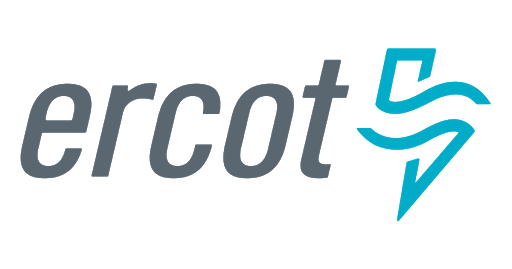The Electric Reliability Council of Texas (ERCOT) plays a vital role in managing the electricity market in Texas, ensuring a reliable power supply for consumers. In its ongoing efforts to maintain grid stability and encourage investment in the electric grid infrastructure, ERCOT has implemented the ERCOT Congestion Revenue Right (ECRS) charge. In this article, we will explore how the new ECRS charge will impact customers and shed light on its significance in the ERCOT market.

What is the ECRS Charge?
The ECRS charge is a component of ERCOT’s market settlement process. It is designed to manage congestion in the transmission system, which occurs when the demand for electricity exceeds the available transmission capacity. Congestion can lead to higher electricity prices and strain the grid’s ability to meet demand during peak periods.
The ECRS charge is levied on market participants, including retail electricity providers, based on their share of congestion costs. It is calculated using a formula that considers the amount of congestion, the participants’ load ratio, and the market settlement prices.
Impact on Retail Electricity Prices:
The ECRS charge is one of several factors that can influence retail electricity prices for customers. When congestion occurs in the transmission system, market participants incur additional costs to manage and mitigate the congestion. These costs are eventually passed on to consumers through their retail electricity bills.
Customers may notice a slight increase in their electricity bills as a result of the ECRS charge. However, it’s important to note that the impact on individual customers may vary based on their consumption patterns, contract terms, and the overall electricity market conditions.
Encouraging Grid Investments:
One of the underlying objectives of the ECRS charge is to incentivize investments in the transmission system infrastructure. By allocating congestion costs to market participants, ERCOT aims to encourage investments that can alleviate congestion and enhance the reliability and efficiency of the grid.
These investments can lead to long-term benefits for customers, such as improved grid stability, reduced transmission constraints, and potentially more competitive electricity prices. Over time, as the transmission infrastructure expands and congestion decreases, the impact of the ECRS charge on customers may become less significant.
Transparency and Customer Awareness:
ERCOT is committed to maintaining transparency in its market operations. To ensure customer awareness, retail electricity providers are required to clearly communicate any charges, including the ECRS charge, to their customers. Customers should review their electricity bills and seek clarification from their providers if they have any questions or concerns.
ERCOT also provides resources and educational materials to help customers understand the factors that influence their electricity prices and empower them to make informed choices when selecting their electricity plans.
The introduction of the ERCOT ECRS charge is part of ERCOT’s ongoing efforts to maintain grid reliability and encourage investment in the transmission system infrastructure. While the charge may have a modest impact on customers’ electricity bills, its purpose is to manage congestion and support the long-term stability and efficiency of the Texas electricity market. By promoting transparency and customer awareness, ERCOT aims to ensure that customers can better understand and navigate the complexities of their electricity costs.

